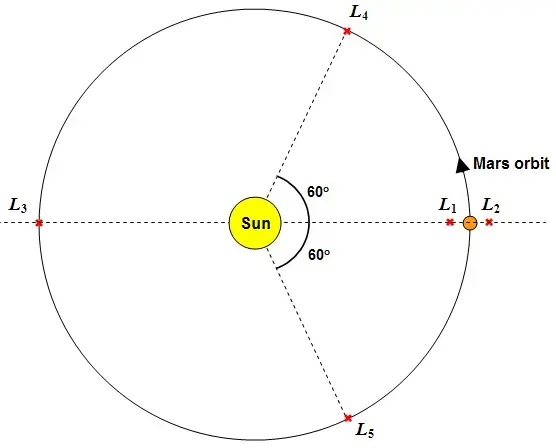Technology
This is the official technology community of Lemmy.ml for all news related to creation and use of technology, and to facilitate civil, meaningful discussion around it.
Ask in DM before posting product reviews or ads. All such posts otherwise are subject to removal.
Rules:
1: All Lemmy rules apply
2: Do not post low effort posts
3: NEVER post naziped*gore stuff
4: Always post article URLs or their archived version URLs as sources, NOT screenshots. Help the blind users.
5: personal rants of Big Tech CEOs like Elon Musk are unwelcome (does not include posts about their companies affecting wide range of people)
6: no advertisement posts unless verified as legitimate and non-exploitative/non-consumerist
7: crypto related posts, unless essential, are disallowed
view the rest of the comments
Well, that's a lot saner than nuking the poles.
Doesn't seem like we're near technical feasibility, though - how would you power such a massive magnet in space?
The linked article says the artificial magnetosphere would encompass the entire planet and points out this includes two critical places where the most atmosphere is lost.
So yes by virtue of it encompassing the whole planet it does cover those two places.. I suppose they wanted to specifically mention them
Indeed, "in the future" seems to be doing quite a lot of heavy lifting. As noted, 1-2 Tesla is a pretty powerful magnet - so you'd need a pretty big and powerful magnet.
That is certainly an important catch.
Just because people talk about something at one conference that doesn't make it real, feasible, happening, etc. As the actual people said, it's "fanciful". It's literally just people talking. It doesn't matter where they work.
You're talking about the people who lowered a car from a rocket crane onto the surface of another planet, you can be thoughtfully critical, but their technical record has earned them a lot more than surface level dismissal.
Solar panels would be my guess, though you can always build a space based nuclear reactor if you can refuel it and get rid of its waste.
It would certainly need a lot more to figure out an actual feasible plan, but I don't think there's anything fundamentally impossible about doing it with today's technology, let alone the future's.
Mars gets roughly half the light of Earth, so I don't think Solar panels would be realistic (how much solar panel surface would you need to power a magnet of that size?)
I'm also not sure a nuclear reactor is realistic - forget the nuclear waste, how do you get rid of the heat waste?
You'd need quite a big magnet operating at a level akin to superconducting magnets in particle accelerators.
Perhaps someone could calculate more accurate numbers and feasibility, but to me, it currently sounds very out of reach for us (not impossible, mind you).
This is false. https://www.wolframalpha.com/input?i=Lagrangian+points+of+mars L1 is 137Million Miles from the sun. Though it is only 650,000 miles from Mars, which is probably where you are getting your 2.2million Km from.
I... don't think that's true? The L1 point is fairly close (in solar system scale) to the planet.
Why oh why did you change from miles to km? :(
Superior SI unit.
I'm not hating on km... I'm hating on listing one distance in miles then the next one in km. I don't care which system they used, I care that the two numbers we are supposed to compare are in different units. :(
Ahhhhh.
Yes I see. That does make sense.